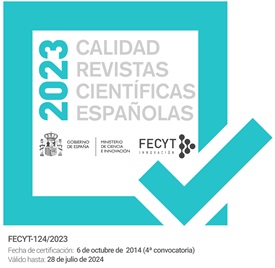The aim of this research paper is to analyze the role of the spatial factor in the determination of audit quality. Concretely, we hypothesize that audit quality is influenced by location and by the existence of spill-over effects generated by two factors: (1) the specialization and reputation of auditing firms and (2) the economic and institutional development of the audit firm's location. We developed an empirical research to test the existence of such spatial effects (location and spill-over) on a representative sample of the Spanish audit market. The study includes spatial econometric techniques taking into account the auditee specific characteristics, as well as other external factors. The findings highlight the relevance of including the spatial dimension when the audit quality is being studied. The results confirm the existence of a location effect according to the highest quality values are found in the most developed Spanish areas. Furthermore, we find a spatial spill-over effect among regions, affecting audit quality values. This effect confirms that audit quality within a location spreads to its surroundings. The results support the promotion of governmental policies leading to improve audit quality considering the spill-over effect.
El objetivo de este artículo es analizar la influencia del factor geográfico en la determinación de la calidad de la auditoría. En concreto, la hipótesis que se plantea sostiene que la calidad de la auditoría se ve afectada por la ubicación y por la existencia de efectos indirectos generados por dos factores: (1) la especialización y la reputación de las firmas de auditoría y (2) el desarrollo económico e institucional de la provincia donde se localiza la firma de auditoría. Con este objetivo hemos desarrollado un estudio empírico para probar la existencia de tales efectos espaciales (ubicación y desbordamiento) en una muestra representativa del mercado de auditoría español. El estudio incluye técnicas econométricas espaciales, teniendo en cuenta las características específicas de las empresas auditadas, así como otros factores externos. Los resultados destacan la importancia de incluir la dimensión espacial cuando se estudia la calidad de la auditoría. Así, se confirma la existencia de un efecto localización que identifica que los valores más altos de calidad se encuentran en las zonas de España más desarrolladas. Además, nos encontramos con un efecto espacial indirecto entre las distintas provincias que también influye en la calidad de la auditoría, de forma que la calidad que alcanza una firma de auditoría en cierta localización se extiende a las zonas colindantes. Los resultados permiten concluir que en la promoción de políticas gubernamentales que conduzcan a mejorar la calidad de la auditoría se debe considerar efecto desbordamiento que confirma el estudio.






